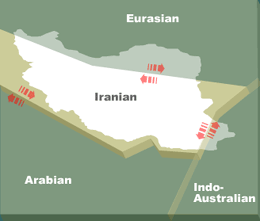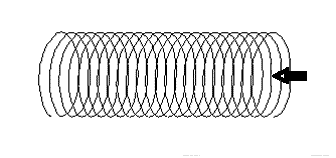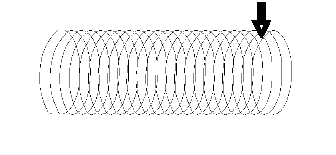Eaurhquake!
As part of the studying of Hazards in Year 8 we will be looking at Earthquakes - including how they occur, their distribution, how we measure them and the impact on the human world.
Earthquakes happen all the time and are often hardly felt, as this map of recent earthquakes in California, USA shows. If you look carefully there may have been an earthquake in the last hour!
So how do they occur?
First of all, it helps to know a little about plate tectonics. The idea being that the earth's crust is divided into plates that move together and apart in different parts of the world. At transform boundaries two plates move against each other, building up tension, then releasing the tension in a sudden and often violent jerk. This sudden jerk creates an earthquake.
 The San Andreas Fault, in California is undoubtedly the most famous transform boundary in the world. To the west of the fault is the Pacific plate, which is moving northwest. To the east is the North American Plate, which is moving southeast. The San Andreas Fault, in California is undoubtedly the most famous transform boundary in the world. To the west of the fault is the Pacific plate, which is moving northwest. To the east is the North American Plate, which is moving southeast.
 More recently there was the earthquake near the Iranian city of Bam. In this case the Iranian plate, is a relatively rigid 'triangle' against which the larger surrounding plates grind as all head roughly southeast. More recently there was the earthquake near the Iranian city of Bam. In this case the Iranian plate, is a relatively rigid 'triangle' against which the larger surrounding plates grind as all head roughly southeast.
The relative movement of the plates, on average, is a few centimetres a year, shown by the red arrows, left. However they often become wedged against each aother for long periods of time before suddenly lurching forwards a few metres at speeds of up to 5,000 mph!
To help you understand further imagine holding a pencil horizontally. If you were to apply a force to both ends of the pencil by pushing down on them, you would see the pencil bend. After enough force was applied, the pencil would break in the middle, releasing the stress you have put on it. The Earth's crust acts in the same way. As the plates move they put forces on themselves and each other. When the force is large enough, the crust is forced to break. When the break occurs, the stress is released as energy which moves through the Earth in the form of waves, which we feel and call an earthquake.
 |
 |
 |
 |
 |
 |
 |
| 1. Equal pressure is applied to both ends of the pencil |
2. This pressure causes the pencil to bend as pressure builds up. |
3. After a while the pencil, which is a solid, cannot bend further and it snaps! You hear this as a sound wave which travels to your ears. This release of energy is similar to what happens in an earthquake. |
So what happens to the energy released when two faults suddenly slip? When two faults are locked together and the pressure builds up, they may suddenly give way, shifting at speeds of over 5,000mph over very short distances. This can produce and enormous energy wave that spreads out in all directions through the earth. The point at which this occurs is called the focus or hypocentre of an earthquake. When these waves of energy reach the surface, it is called the epicentre. The waves that do much of the damage in an eartquake are called body waves. There are two type of body waves, P waves (sometimes called primary waves) and S waves (sometimes called secondary or shear waves). The best way to view how these waves are different in the way that they move is to use a slinky:
P-wave
Primary or compressional waves. P waves are the fastest body waves and arrive before the S waves, or secondary waves. The P waves carry energy through the Earth as longitudinal waves, moving particles in the same line as the direction of the wave. P waves can travel through all layers of the Earth. In a slinky, compressional waves are generated if one end of a stretched slinky is pushed quickly along the axis of the slinky. Roll you mouse over the slinky below to watch it move:

S-wave
Secondary or shear waves. S waves are body waves that travel slower than P or primary waves. S waves carry energy through the Earth with a shearing motion, moving particles back and forth in a direction perpendicular to the direction of travel of the wave. S waves can travel through all of the solid layers of the Earth, but not through the liquid outer core. In a slinky, shear waves are generated if one end of a stretched slinky is moved sideways quickly. Roll you mouse over the slinky below to watch it move:

To see how these different waves caused so much devastation in the city of Bam, In Iran, click here to watch this excellent flash animation of the processes that caused such a great loss of life.
|